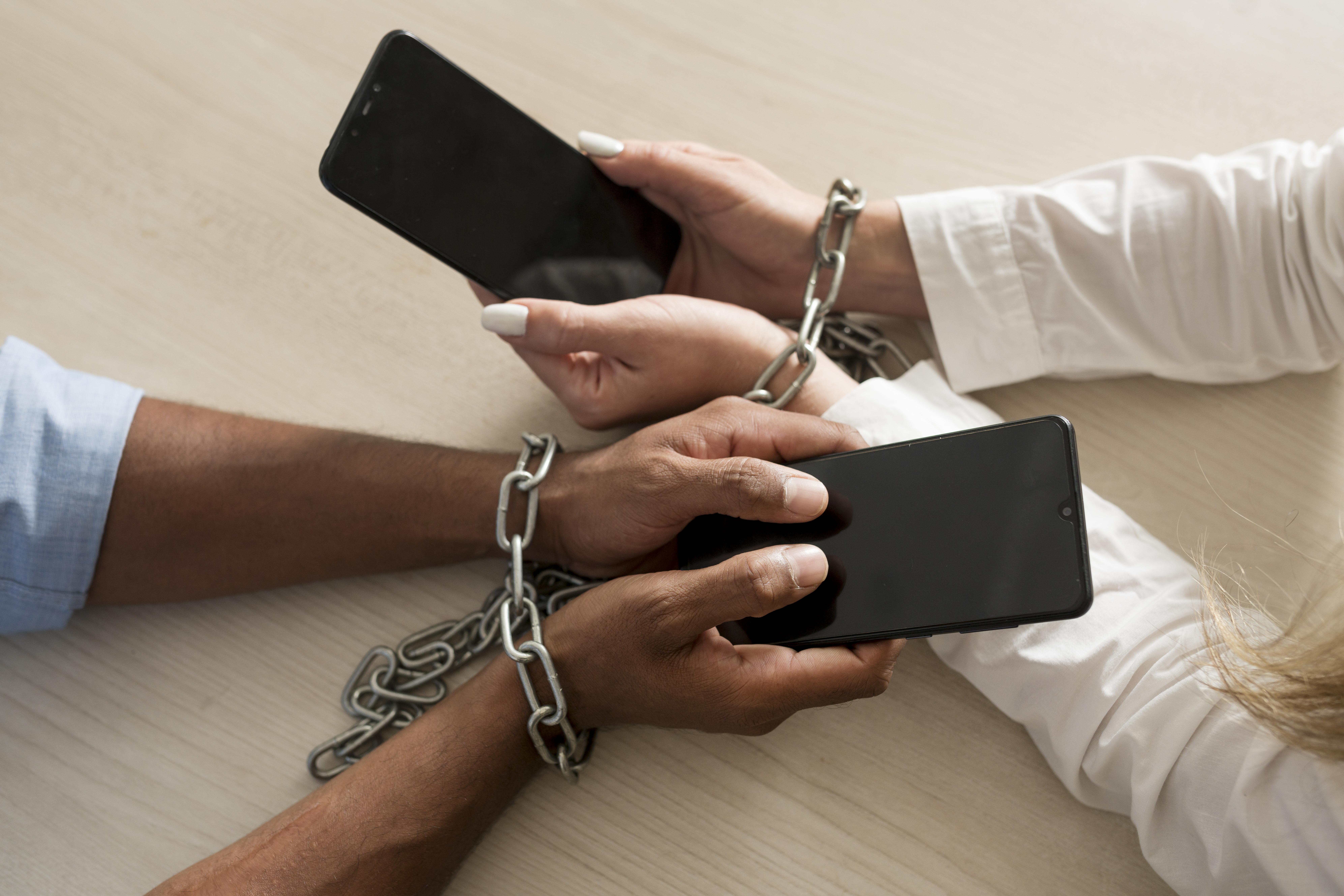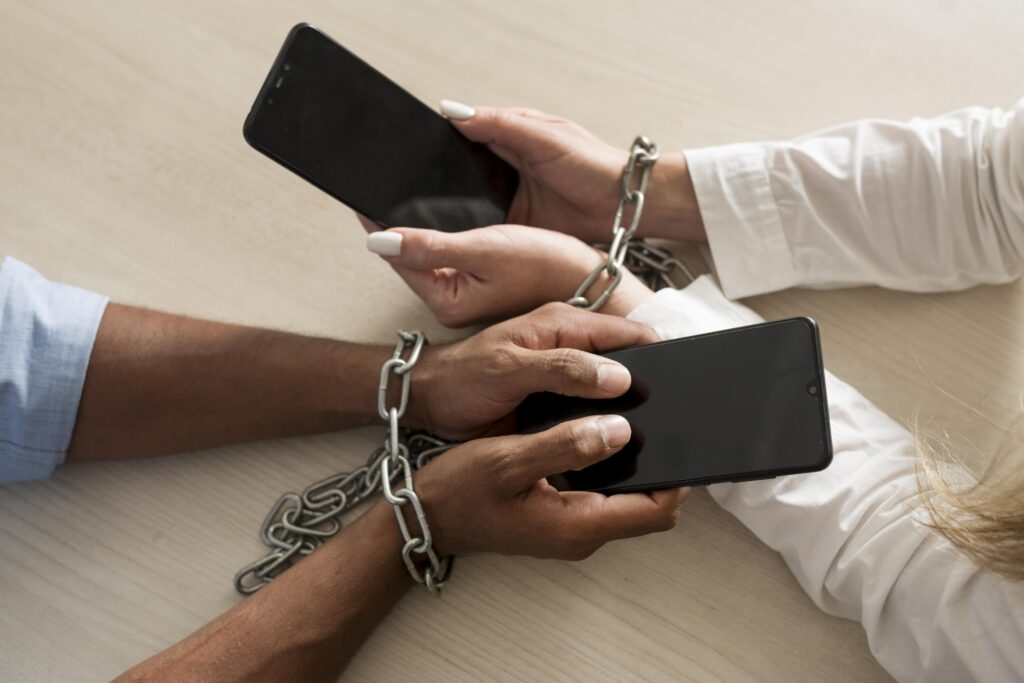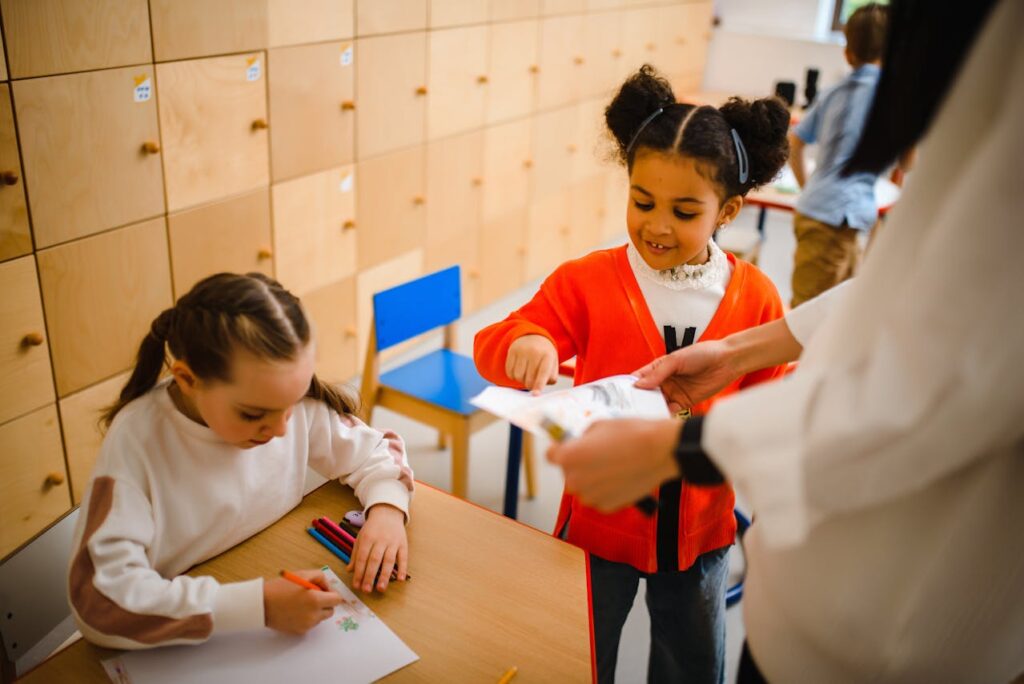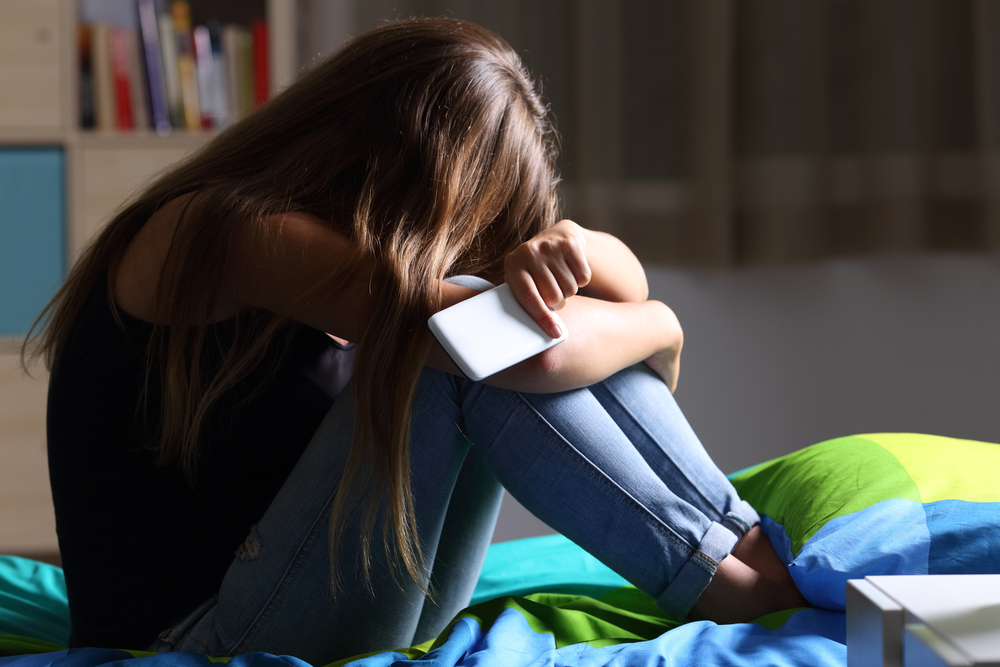Phones Now Banned in Schools Across 26 States

What if the silence in a classroom wasn’t awkward—but healing? No buzzing phones, no scrolling thumbs, just presence. Across the U.S., a quiet shift is unfolding. States are stepping in, asking students to look up from their screens and into the eyes of the person beside them. It’s more than a policy—it’s a question: In a world always online, what might we rediscover when we finally unplug?
From Buzz to Breath: 26 States Choose Presence
In 2023, Florida made a move that felt like a whisper in a room full of noise. It passed the first statewide law regulating cellphone use in public schools. And what started as one state drawing a boundary between learning and distraction became a spark. That spark caught fire. Just two years later, more than half of the United States has followed suit. As of May 2025, 26 states have banned or restricted phone use in schools. Another eight, along with the District of Columbia, have implemented rules or issued policy guidance for their districts. What began as a single stand has become a national rethinking of how—and when—we connect.

These 26 states include Alabama, Alaska, Arkansas, Florida, Georgia, Idaho, Indiana, Kentucky, Louisiana, Maine, Maryland, Michigan, Minnesota, Mississippi, Nebraska, Nevada, New Jersey, New Mexico, New York, North Carolina, North Dakota, Ohio, Oklahoma, Tennessee, Texas, and Utah. Each one decided that maybe, just maybe, it’s time to put presence above pings. And what’s remarkable isn’t just how many have stepped forward—it’s how quickly it’s all happened. In 2025 alone, 17 of these states passed new laws. That’s not slow change. That’s a cultural shift in real time.
And people are beginning to say what’s been felt for years but rarely said aloud. On May 13, Connecticut state Representative Jennifer Leeper, a Democrat and co-chair of the General Assembly’s Education Committee, called cellphones “a cancer on our kids” that are “driving isolation, loneliness, decreasing attention and having major impacts both on social-emotional well-being but also learning.” When truth is spoken plainly, it lands heavy—and it echoes.
This isn’t a partisan battle. It’s personal. In Georgia, after a law passed banning phones for students in kindergarten through eighth grade, Republican Representative Scott Hilton said, “This is not just an academic bill. This is a mental health bill. It’s a public safety bill.” When politicians on both sides agree on something this deeply, it’s not about policy anymore—it’s about people.
Reclaiming the Bell: The Rise of All-Day Phone Bans
Florida once drew the line at the classroom door. In 2023, the state banned phones during instructional time but left room for students to use them between classes or at lunch. Now, lawmakers are taking that further, pushing a bill that would ban phones for the entire school day in elementary and middle schools—waiting only for Governor Ron DeSantis’ signature.

This deeper restriction isn’t unique. According to the Associated Press, ten states and the District of Columbia have adopted “bell-to-bell” bans, stretching from morning attendance to the final bell. These policies now surpass the seven states that limit phone use only during instructional hours.
North Dakota is one of the newest to join this wave. After signing his state’s full-day ban into law, Governor Kelly Armstrong called it “a huge win” and shared how widespread the support had been: “Teachers wanted it. Parents wanted it. Principals wanted it. School boards wanted it.” During a school visit, he witnessed something often taken for granted—students laughing and talking at lunch, untethered from screens.
The push is also being shaped by advocacy groups. ExcelinEd, a think tank founded by former Florida Governor Jeb Bush, has been lobbying for full-day bans. Nathan Hoffman, the group’s senior director of state policy and advocacy, explained why the effort extends beyond classrooms. “That’s often when you get some of your biggest behavioral issues, whether they go viral or not,” he said, pointing to incidents like hallway fights being filmed and shared.
More states are now considering this model. It’s not just about reducing distraction—it’s about restoring something more basic: the ability to be present, to listen, to connect, without a screen always within reach.
In Nebraska, Republican Governor Jim Pillen signed a law banning phones throughout the school day. That very same day in Alaska, lawmakers overrode Governor Mike Dunleavy’s veto and passed their own cellphone regulation into law. These weren’t isolated acts—they were affirmations of a growing belief: that the classroom is one of the last sacred spaces we still have, and maybe it’s time to protect it.
From New York to Oklahoma, support has been overwhelming. Not because lawmakers suddenly care more—but because parents, teachers, and communities are speaking louder. The consensus is no longer about whether phones are useful. It’s about what we’re losing when they become constant. Focus. Connection. Stillness. And the space to grow into ourselves without the world always watching.
When Connection Hurts: Mental Health, Learning, and Safety
We were told these devices would connect us. And maybe they did. But somewhere along the way, connection began to cost us something deeper.
The reason so many states are banning phones in schools comes down to three pillars—mental health, learning, and safety. And these aren’t vague concerns. They’re backed by numbers, by neuroscience, and by the people who see the fallout every day.
In February 2025, the National Center for Education Statistics reported a stunning figure: 53% of public-school leaders say cellphones negatively affect academic performance. Even more flagged issues with attention and emotional well-being. Peggy Carr, the NCES commissioner, made it plain: “School leaders see cell phones as more than just a classroom distraction… schools are facing a critical issue.”
On mental health, the alarm bells are louder than ever. The U.S. Surgeon General has already warned that social media use is “nearly universal” among teens, yet “we do not yet have enough evidence to determine if social media use is sufficiently safe” for adolescent brains. Three hours a day—that’s the threshold. Cross it, and research shows teens double their risk for mental health struggles. Yes, these platforms can build connection and identity—but only when used with intention. That’s why the advisory urges parents to carve out tech-free zones, and for policymakers to act boldly.
When it comes to academics, the truth is more complex. One study out of England found that banning phones boosted test scores—especially for students who were already struggling. But when Swedish researchers ran a similar study, they saw no significant improvement. Other reviews echo this: some places see gains, others don’t. It’s not one-size-fits-all. The world is still learning how to balance these tools with the art of learning itself.
The OECD, which tracks global education through its PISA 2022 results and a 2024 brief, adds nuance. They suggest that reducing in-class distraction helps—but they warn against overcorrection. Ban everything, and we might lose a student’s chance to learn how to manage devices with discipline. Their conclusion: use tech with purpose, not avoidance.
And then there’s the issue of safety. This is where the stakes feel most immediate. Leaders say that phones aren’t just disrupting learning—they’re fueling hallway fights, cyberbullying, and viral chaos. One incident, filmed and shared, can shift the entire tone of a school. That’s why districts backing bell-to-bell bans are also building new systems for crisis communication—ways for parents to reach their kids without giving students unrestricted phone access.
One Goal, Many Roads
Across the country, there is a shared goal: to protect the minds and hearts of students. But the ways schools and lawmakers are reaching for that goal are as different as the states themselves.
Florida and Georgia began by limiting phone use during class time, allowing students to scroll or text during lunch and between periods. But others have drawn firmer lines. North Dakota, Louisiana, and Nebraska now enforce full-day bans that stretch from morning bell to final dismissal. Their laws, including Act 152 in Louisiana and LB 1103 in Nebraska, reflect a belief that even brief access can undo progress. Eight other states and the District of Columbia have taken a different approach, issuing guidelines instead of mandates. They ask local districts to decide what works best for their communities.
Most policies make room for exceptions. Students can still use medical devices, tools for learning accommodations, or translation apps. Some carve out rare permissions. South Carolina allows student firefighters to keep their phones. West Virginia permits smartwatches as long as they are not used to communicate. Maine places its trust entirely in local hands, allowing school boards to set the tone.
For many parents, the biggest fear is silence in an emergency. That fear turned real at Apalachee High School in Georgia, when a shooting left four people dead. The suspect’s mother had called the school about an “extreme emergency” thirty minutes before the tragedy, but no action was taken. For some, this is a warning against cutting off immediate contact between parents and their children.
In Wyoming, lawmakers echoed that sentiment. A proposed school-day ban was voted down in January 2025, with senators arguing that decisions about phone use should rest with parents and local educators, not lawmakers in a distant chamber.
Some states impose structure. Others offer freedom. And between the two lies a deeper question. When it comes to our children, do we teach control, or do we enforce it?
Beyond the Ban: A Return to Presence
Banning phones in schools may seem like a policy move, but at its core, it’s about reclaiming presence. In a world where attention is constantly hijacked, these bans create rare moments of stillness—space where students can finally hear their own thoughts.
Without the constant buzz of notifications, there’s room for deeper awareness. Students begin to connect face to face, feel their emotions fully, and rediscover the value of boredom. These are not just mental shifts. They are spiritual ones. Presence nurtures intuition, emotional clarity, and the ability to truly see and be seen.

This isn’t just about distraction. It’s about healing. About helping young minds reconnect with what matters—each other, themselves, and the moment they’re in. And that, maybe, is the most important lesson of all.
Loading...

